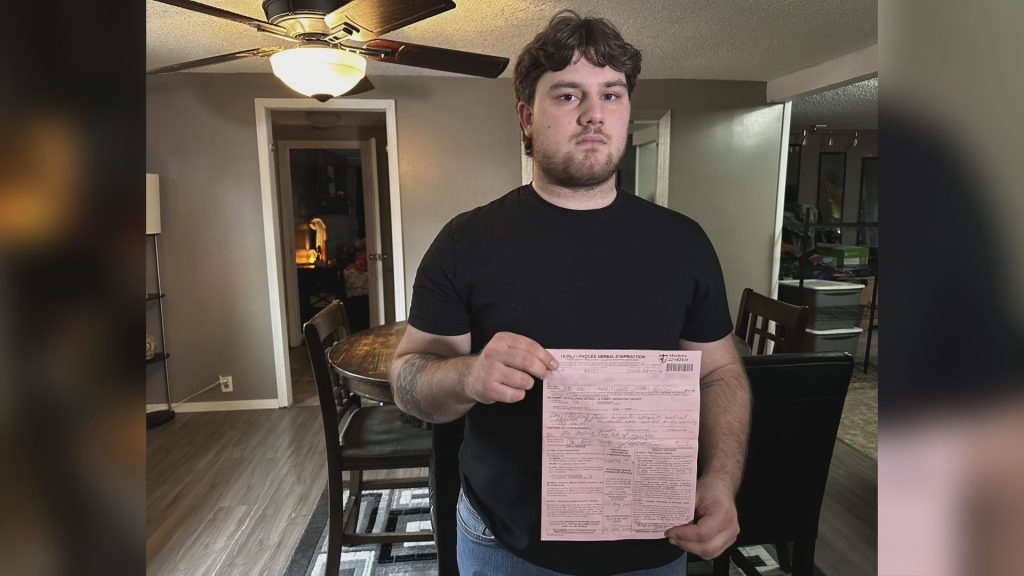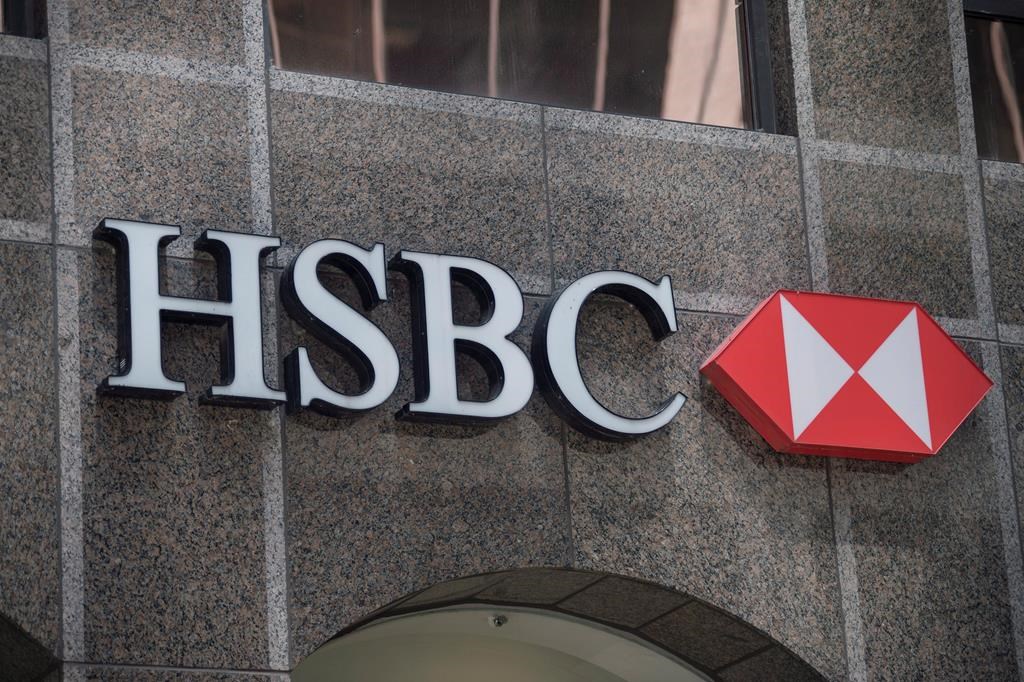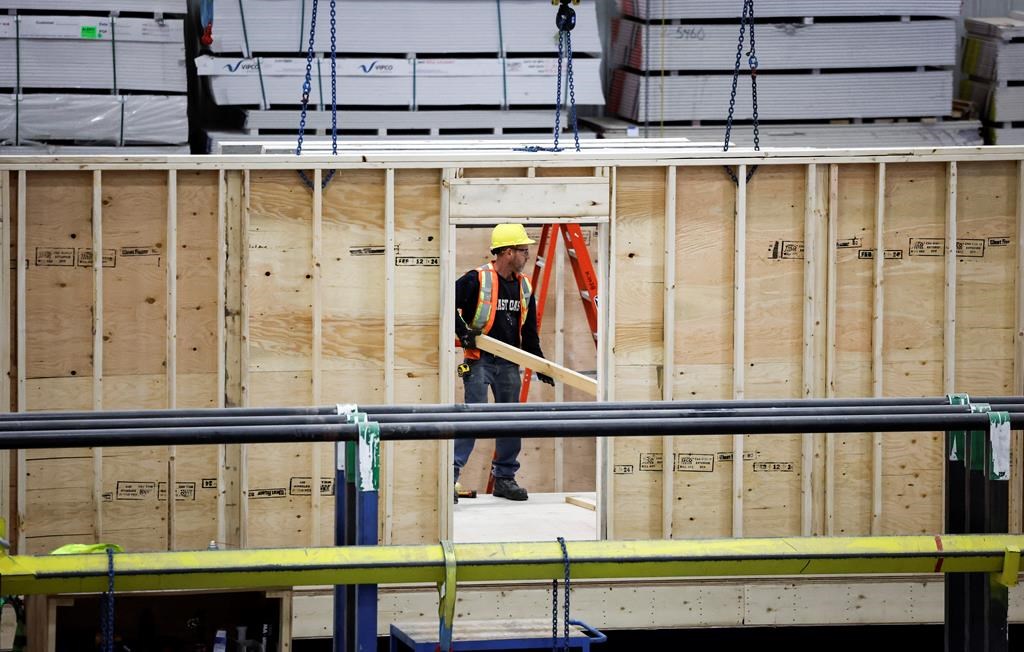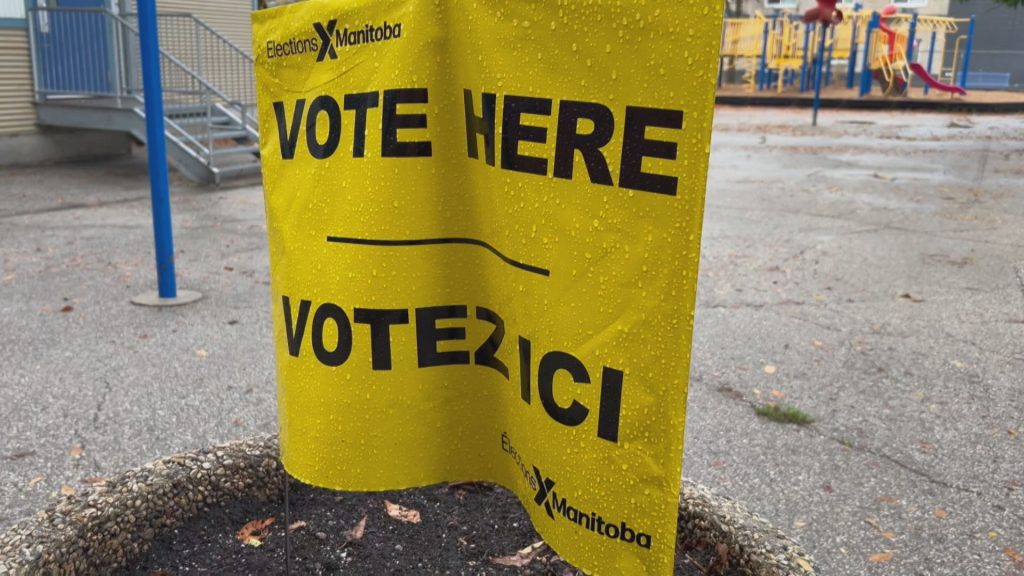How social media is fuelling the gunfire on Toronto’s streets
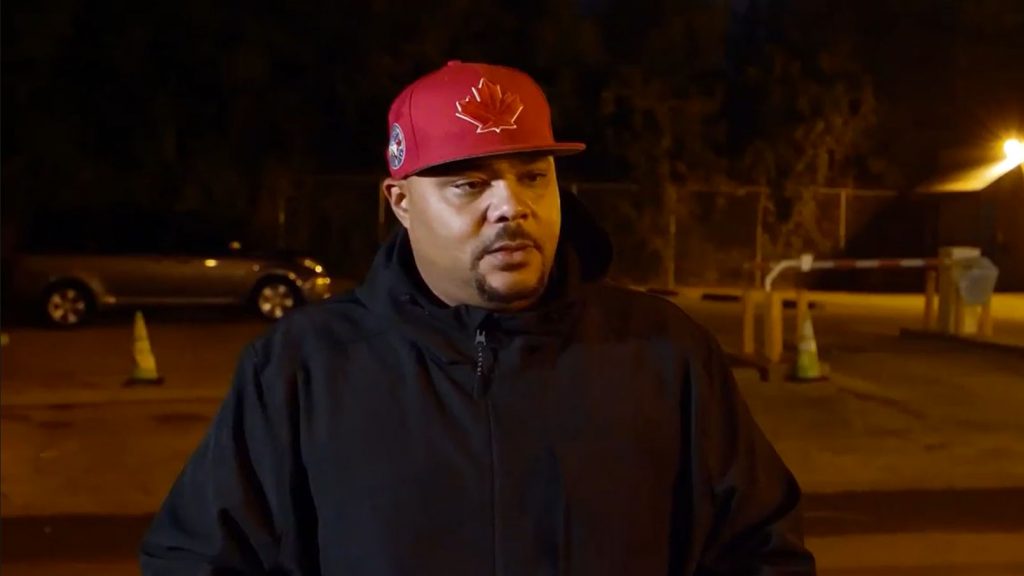
Posted April 23, 2021 7:21 am.
As part of an original Citytv documentary, VeraCity: The Gun Chase, reporter Cristina Howorun examines the causes behind and source of Toronto’s gun problem and the impact the violence has on victims and their families. Below is the second of five stories in our news series. Bookmark this page to read and watch the other stories.
The documentary premieres Tuesday, April 27, at 10 p.m. ET / 9 p.m. CT, only on Citytv. Click here to watch the trailer.
____________________________________________________________
A social media challenge takes on a whole new meaning when gangsters are involved. Dozens of the shootings on Toronto’s streets can be linked directly back to social media feuds between competing gangs, where its exceptionally easy to wage war from behind a computer screen.
“We see a lot of things played out on social media where threats to different neighbourhoods in YouTube videos are happening,” explains Toronto police Insp. Joe Matthews, who heads up the city’s guns and gangs unit. “So people now in those communities feel like they are being victimized.”
Like in August of 2020, when Rowan Atkins allegedly told his 3,000 Instagram followers to “shoot everyone in Regent Park,” a downtown Toronto neighboorhood.
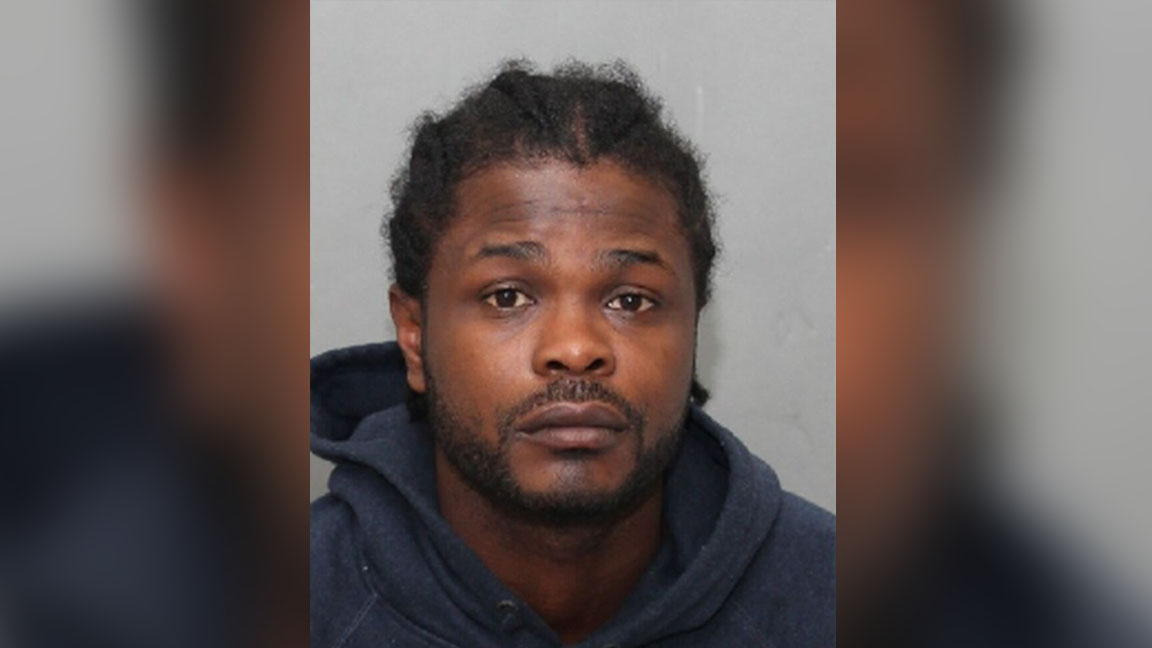
Rowan Atkins in a Toronto police handout photo.
Atkins is known in the independent rap scene as Rolexx Homi and is allegedly part of the Project Originals – a gang based in Toronto’s Alexandra Park neighbouhood. In October 2020, a video posted under Atkins’ stage name appears to seek revenge for the deadly shooting of fellow rapper and gang member Dimarjio Jenkins “Houdini,” while calling out several other gangs and neighbourhoods.
Then there’s T’Quan Robertson who fired into a Scarborough playground in 2018, missing his target but shooting and seriously injuring two sisters aged five and nine after a rival rapper dismissed Robertson’s talents in an Instagram video. Robertson was sentenced to 13 years after pleading guilty to attempted murder and two counts of aggravated assault.
“People will have died over an Instagram post, over a Facebook video, over a Snapchat conversation. Those things would have never happened in my day,” Marcell Wilson says.
Wilson is a co-founder of the One By One Movement, a think tank aimed at curbing violence and helping people avoid and escape organized crime, and a former Toronto gang leader and high ranking officer in South American crime groups.
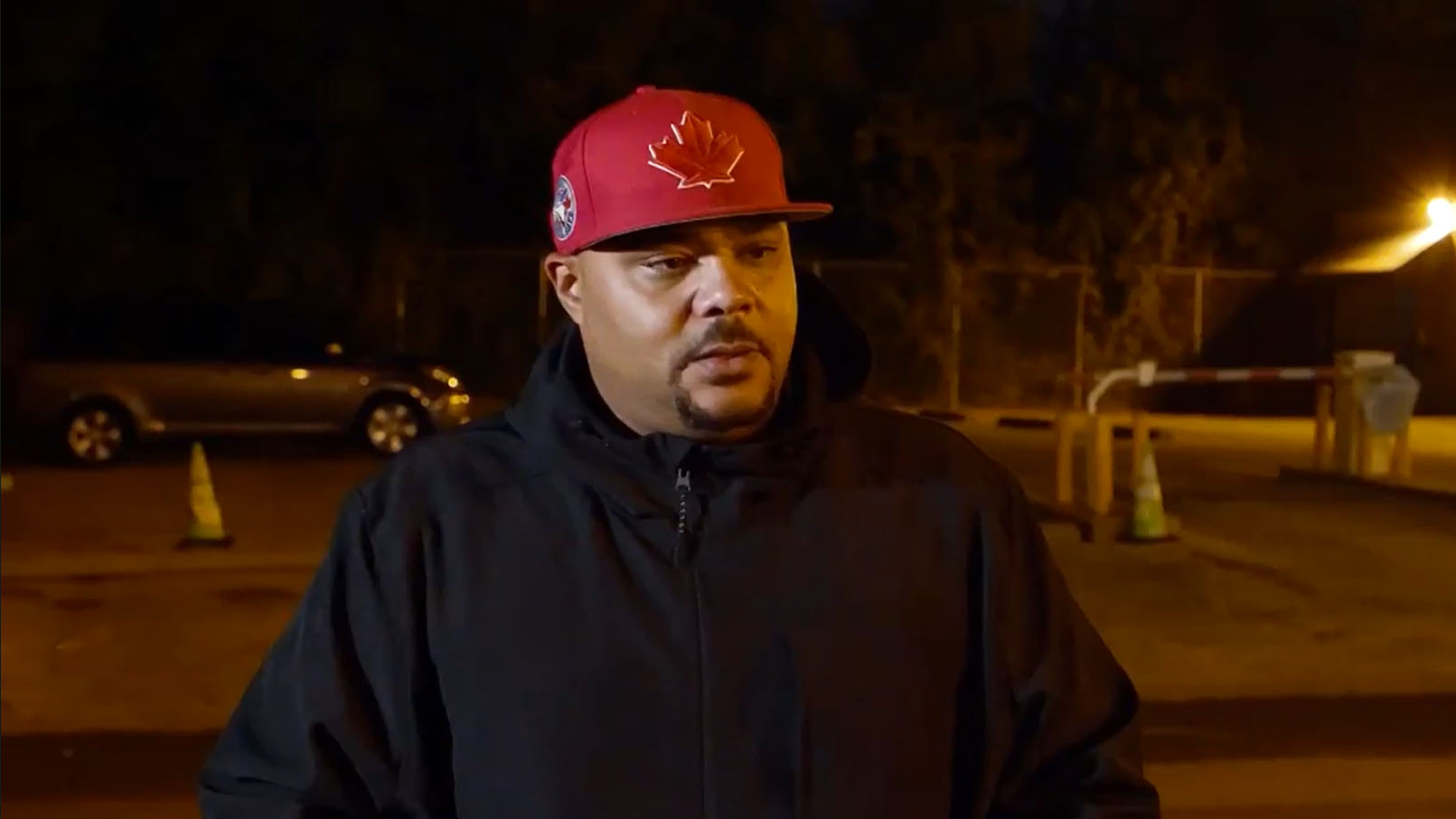
Marcell Wilson, the co-founder of One By One Movement — a think tank aimed at curbing violence. CITYNEWS
“Back in the day if we wanted to get into it with somebody or take over a territory, we had to go there physically,” Wilson explains during a return to his childhood neighbourhood of Swansea.
That’s not the case anymore. In November 2018, Jermaine Dunkley “JNoble,” the leader of the Monstarz gang, was convicted of murder linked to social media posts between groups in Jamestown and Mount Olive.
Police believe it began when another gang member posted a rap video daring Dunkley to walk up on him. Dunkley, then released a “response” video showing him and his entourage prowling though the rival neighbourhood. At least 10 shootings and two homicides appear to be connected to these videos.
“We didn’t get to engage in the way that they can now, where now they can just jump on a social media platform, communicate in a disrespectful way to each other. Meet me here. Meet me there at this time. And all of a sudden, 180 rounds are, you know, shot. So even to me, it doesn’t make sense,” Wilson explains. “The old gangster mentality is if it doesn’t make dollars, it doesn’t make sense. And these guys are not doing this for money.”
RELATED: ‘Kids have them’: How guns end up on Toronto’s streets
Experts say they are doing it for a currency that can’t be spent — street cred.
“We’re seeing many rap videos that are filmed in Toronto that are actually having people in possession of firearms in those videos,” Matthews says. “So it’s very concerning when certain people in the community almost possess these firearms with no fear.”
“A lot of what we’re seeing today is, it’s almost part of your dress, your wear. You have guys that can afford it and the nicer the gun, the cooler you are,” Willson adds.
But gang members and rap fans aren’t the only ones watching. While many local police forces are routinely monitoring known accounts and social spaces for threats, some agencies are primarily devoted to tracking crime guns – both their sources and users.
In an exclusive interview for VeraCity: The Gun Chase, Det. Scott Ferguson, who works for Criminal Intelligence Services Ontario — a little known law enforcement group that traces every gun used in a crime in Ontario — explains the deep dives law enforcement take into social channels.
“We track everything and we’re pretty exhaustive in our analysis of every crime gun that we get and every result we get back,” he explains, noting while the gangsters are using social channels to start deadly battles, they’re also putting themselves front and centre on law enforcement’s news feeds.
“We do social media background on all possessors and purchasers. And that’s something we do on every gun we get.”
______________________________________________________________________
Coming up in our special news series, The Gun Chase: The sheer number of guns on the streets means police’s focus isn’t on verifying if a gun in a post is a prop or real, but rather, catching the sellers and the shooters. But where are the guns coming from?
